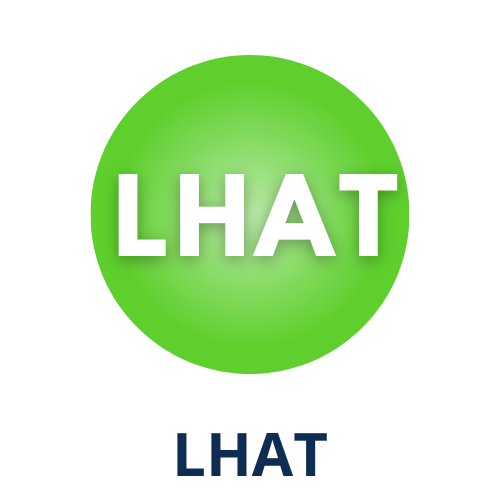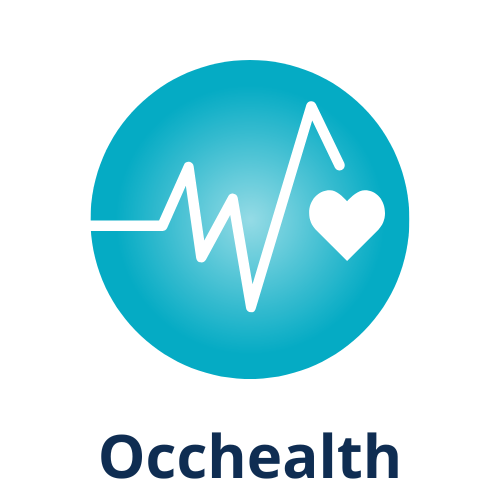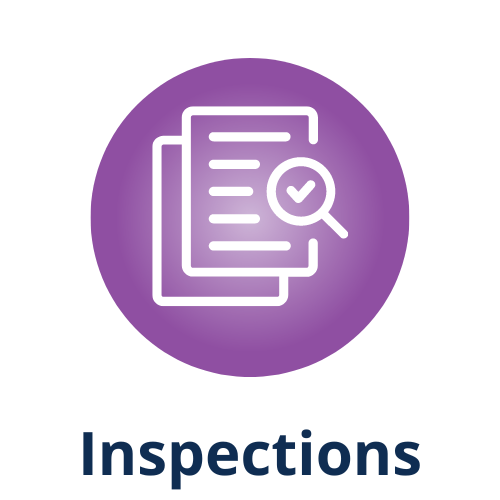Use of biological materials is subject to oversight by the Institutional Biosafety Committee (IBC) to ensure regulations, guidelines and safe practices are used to eliminate or reduce risk of exposure to acceptable levels.
The Biosafety Program in EH&S is the liaison between the laboratory and the committee. Biosafety personnel will initially assess biological materials and their context in research, and create a preliminary risk assessment to determine whether the research requires IBC oversight.
If the research requires permissions, the principal investigator (PI) must fill out an online application for a Biological Use Authorization (BUA). This application is a part of the Risk and Safety Solutions platform.
Some research requires permissions from more than one campus oversight committee. Below are links to those committees' websites.
- Conflict of Interest Committee (COIC)
- Institutional Animal Care and Use Committee (IACUC)
- Institutional Review Board (IRB) — for Human Subjects
- Stem Cell Research Oversight (SCRO) Committee
The IBC is a committee composed primarily of faculty members, with the Office of Research and Environmental, Health & Safety represented by the biosafety officer or other Biosafety personnel. There are also two members of the community represented, neither of whom has any affiliation with the campus. The structure of the IBC follows NIH Guidelines, and UC Merced's IBC is registered with NIH. Each of the members has his/her particular expertise, and if needed, an ad-hoc member can be added to further enhance the level of expertise in any area needed for review of an application.
Other IBC responsibilities are to create and enforce policies and procedures regarding the use of biohazardous materials and monitor construction and use of biohazard containment facilities.
Eligibility criteria for submitting a BUA:
- Have a PI-eligible appointment
- Includes: Academic Senate members and professional research series
- DOES NOT include: postdocs, grad students
- Note: Your advisor/sponsor/PI is the PI for the BUA
- Have assigned laboratory space










